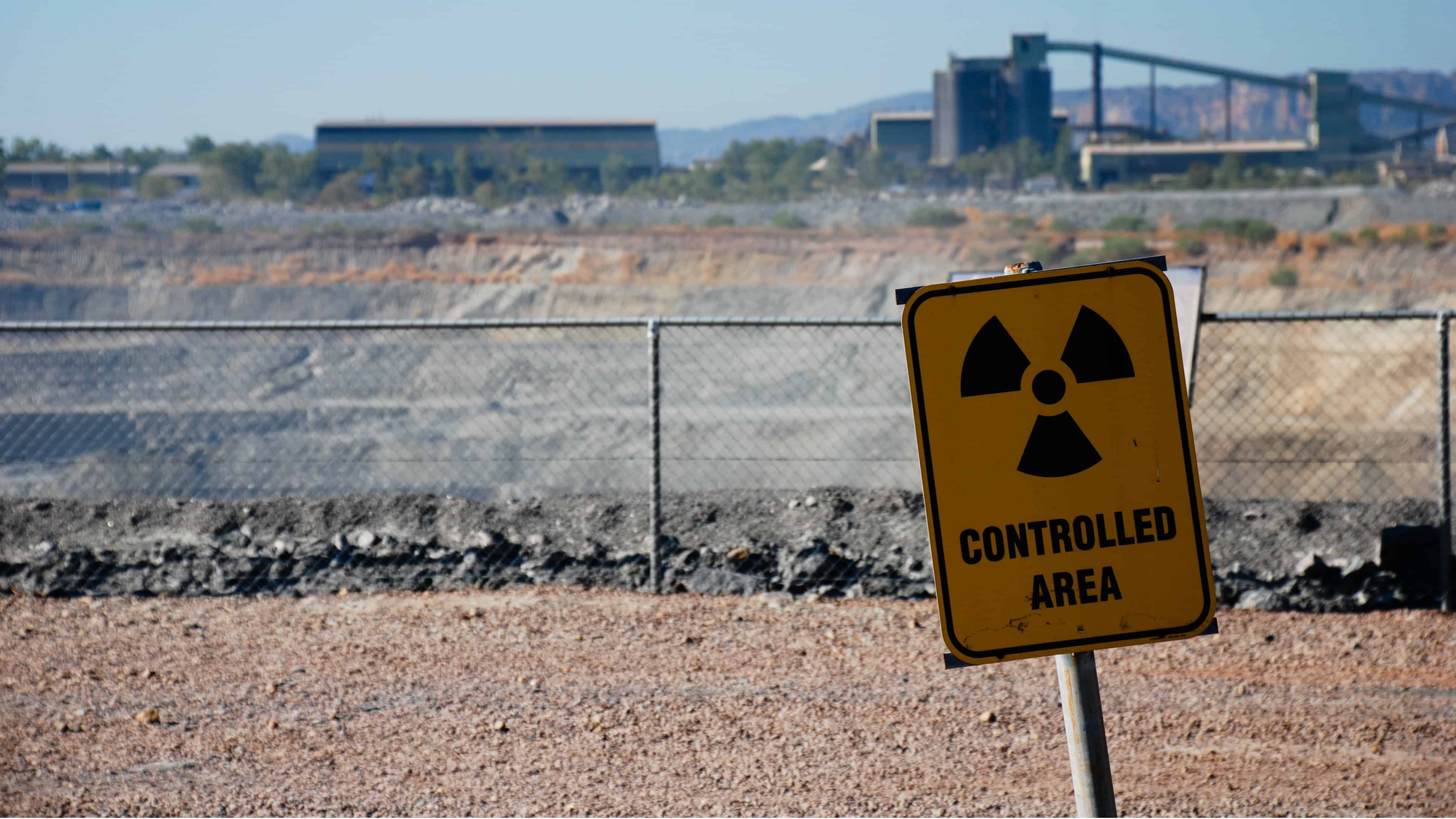Investors of Cameco Corp. (TSX:CCO)(NYSE:CCJ) know the massive potential that the uranium producer holds, particularly over the long term.
Cameco has endured nearly a decade of depressed uranium prices and demand, stemming from the earthquake and subsequent tsunami that damaged the Fukushima reactor in Japan back in 2011. Uranium prices hovered near US$60 per pound prior to the incident, nearly three times more than the current price that is just over US$22.50.
The Fukushima event effectively dried up all demand for uranium, which was one of the primary reasons for the drop in price. Once demand dried up, Cameco and other uranium miners viewed the dip as temporary and maintained their production levels, which resulted in a supply glut.
To put it another way, Cameco was left mining plenty of uranium that nobody wanted and was dropping in price.
Cameco eventually cut its production substantially and reined in costs, including a massive production cut, along with other leading uranium miners, last year in an effort to kick-start the industry and clear the growing supply glut.
Is the uranium market going to recover?
Industry pundits are in agreement that the uranium market will recover; the only question is when. Nuclear power comprises 10% of global demand, so it’s unlikely the sector will shrink, even if uranium prices remain depressed. If anything, a spur in growth is going to do the exact opposite.
An infrastructure boom in India, China, and Russia over the past few years has resulted in those three nations turning to nuclear power for their growing energy needs. In China, five new reactors have come online in the past year alone, and the country has an ambitious growth plan that has nuclear power central to its power needs.
Globally, there are currently 50 new reactors under construction, of which 30 are located in those three countries and over 400 others are still in the planning or approval phases.
Considering that there is a total of just a little over 450 reactors worldwide, the growth prospects for Cameco are significant.
How is Cameco dealing with the current supply glut?
Following the latest round of production cuts to clear the supply glut, Cameco also revealed a secondary way to reduce inventory levels — by buying uranium on the market directly for its customers.
This is a significant development, as it will help reduce or even eliminate the supply glut, while providing a catalyst for market forces to do their part and drive uranium prices higher. This will result in lower margins for Cameco, but the long-term gains to come from the uranium market improving will outweigh the short-term pain. Once demand increases, Cameco could ramp up production again from its facilities.
What should prospective investors in Cameco be concerned with?
Overall, Cameco holds promise for long-term investors, albeit with plenty of short-term uncertainty. In terms of results, Cameco reported net earnings of $55 million, which came in higher than the same quarter last year, thanks to higher prices and deliveries from the uranium segment.
In addition to the weak uranium market, Cameco also has two ongoing legal issues. The first is with the CRA over income reported for the years 2003, 2005, and 2006, which went to trial and concluded in September last year. The well-known issue, as well as the potential multi-billion-dollar tax bill, has been mentioned on many occasions and is already priced in to the current stock price.
A decision on the CRA issue is expected later this year.
The second dispute is with TEPCO (Tokyo Electric Power Company). That issue is set to begin arbitration in next year, and Cameco filed a claim for US$682 million in that manner.
Investors looking at long-term investment option may want to consider a position in Cameco, whereas those looking at a more short- to mid-term time frame may be better suited with any number of growth and income options available in the market.







